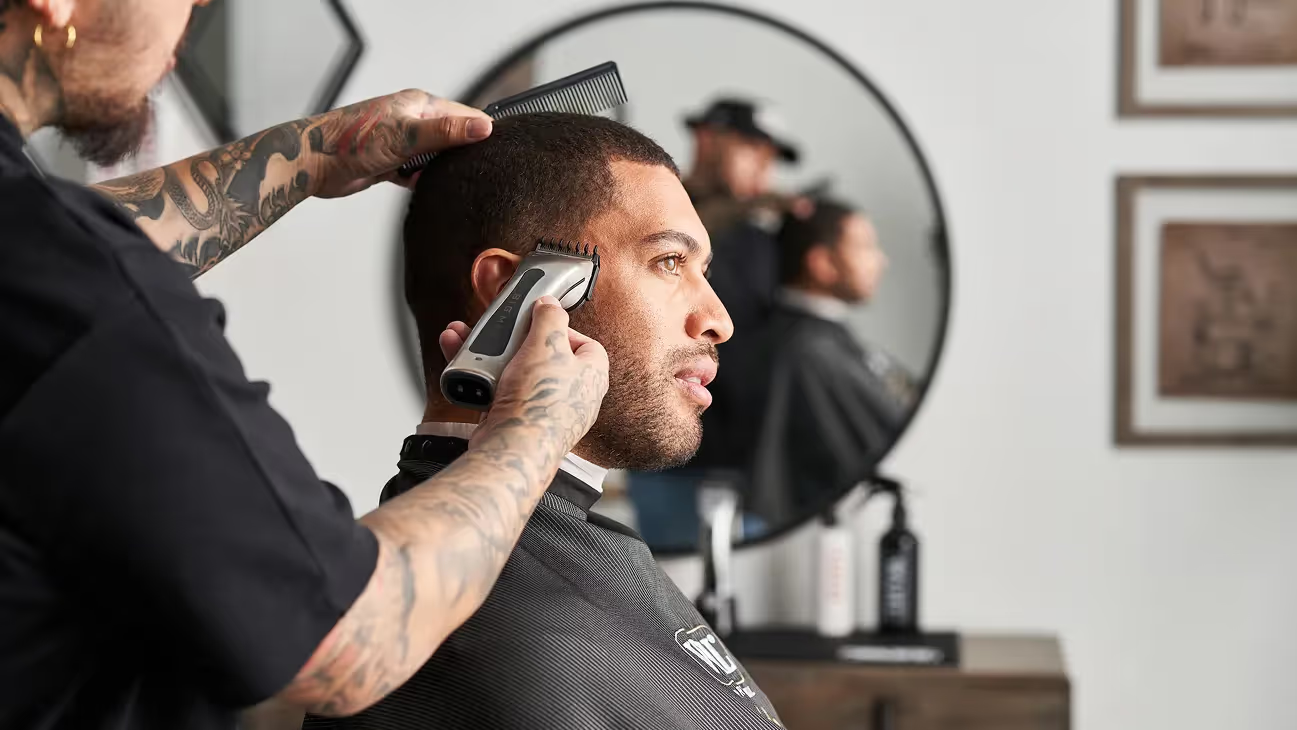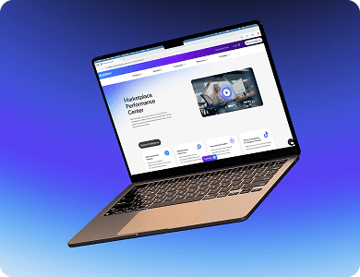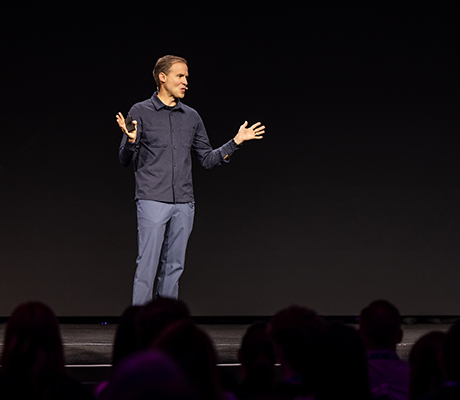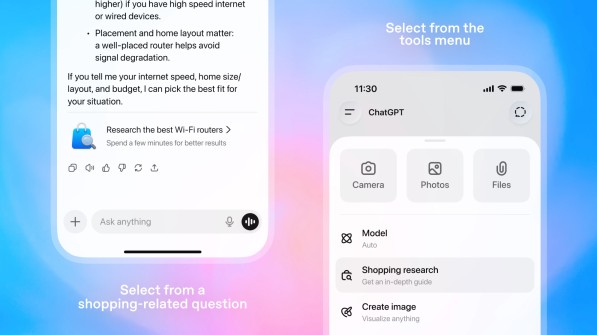Australia – The Importance of YouTube Advertising in 2021
We take a deep dive into the importance of YouTube advertising and share how you can leverage the exposure that the video sharing platform has to offer.
Did you know that YouTube users spend on average roughly 25 hours browsing through content and watching videos on YouTube each month? With that in mind, it should come as no surprise that YouTube advertising should be a top priority for any business. In this blog, we take a deep dive into the importance of YouTube advertising and share how you can leverage the exposure that the video sharing platform has to offer.
What are the stats?
More than 16 million Australians over the age of 18 log onto YouTube each and every month. And on average, they spend about 25 hours each month viewing content. COVID-19 played a major role in increasing viewership across Australia as the platform was estimated to reach roughly 93% of Australians aged 18-54. YouTube has solidified its reputation as a key platform that has the potential to help businesses and brands reach their audiences and elevate their online presence to identify new customers. So, just how do you go about actually putting that concept into practice?
Different advertising strategies & methods
The most common type of advertisement on YouTube is called “pre-roll.” This type of advertisement is a short and simple video ad that plays just before the user’s chosen video. You’re certainly familiar with them, and you’ve likely seen them in action before. They can either be skippable after 5 seconds of viewing, or non-skippable. Additionally, you can choose a mid-roll or a post-roll advertisement as well, although these are less common. Most videos don’t exceed 30 seconds. In fact, it would be better to create an advertisement that lands anywhere between 15 and 30 seconds long.
Ideally, you would also want to test different video lengths throughout your campaign to see if you can determine that sweet spot. “Bumper Ads” are extremely short pre-roll advertisements that last no longer than 6 seconds. These can be fun and creative, but it can also be rather difficult to convey a message in just 6 seconds. We always recommend combining these advertisements with longer videos for the largest impact. From there, you can also use different CTAs like “Learn More” and “Shop Now” to compel viewers to follow through on your advertisement. Depending on which strategy or method you choose, you might want to change up your CTA.
What about pricing?
As you can see, you have a few options to choose from in terms of advertising methods, but what about pricing? How much could a short 6-second long Bumper Ad possibly cost? Well, YouTube works on a cost-per-view (CPV) basis. For a TrueView in-stream video ad – a pre-roll – you’ll only pay when someone watches 30 seconds of your video, or if they watch the entirety of an ad that is less than 30 seconds long. Additionally, if a viewer engages with your ad, you would also pay for it.
Measuring the response
As with any type of advertising, it might seem difficult to really gauge the return on your investment. Luckily with YouTube, it can be relatively simple to see just how well your advertisements are performing. With that said, there are a few ways to measure your success. First, you can begin by analysing your CPV and the percentage of users who watched more than 75% of your video advertisement. Typically, you’d want to aim for about $0.05-$0.10 CPV, and you’d want to see that at least 30% of viewers watched 75% of your advertisement. Additionally, you can take a look at a few other metrics like impressions and attributed sales, but engagement is going to be the biggest indicator of success.
Don’t forget about brand awareness
Even if your videos aren’t breaking that 30% benchmark, it’s important to keep in mind that brand awareness is certainly still in play. Your videos can lead to increased search volume, and other metrics that you can track via Google Ads. For instance:
- How does it fit into the rest of your paid search / social strategy?
- How does it fit into a wider marketing strategy / your brand awareness?
Remember, YouTube ads are ideal when your goal is to increase your brand awareness, launch a new product, or to use as a component of a larger marketing campaign. If you are running a wider marketing campaign, YouTube advertising can help top drive reach and increase brand visibility. Targeting can be defined on a small-scale, or on a broad-scale depending on your budget and your KPIs. Additionally, the platform is wonderful for reaching a particular audience for the very first time, or if you are trying to grow your brand from the ground up.
5 tips for an effective YouTube Advertising strategy
1. Determine your goals, objectives, & KPIs
First, you need to determine just what it is that you want to achieve with your YouTube ad campaign. Do you want to find new customers within your current targeted demographics? If so, you might want to use lookalikes. If you want to reach a brand new audience, try YouTube’s broader interest audience targeting options to make the most out of your strategy.
2. Granular campaign setup
When you are able to distinguish what is working versus what isn’t, you can optimise the best performing audiences and split up your campaigns into a granular fashion. For instance, you should have one ad group for lookalikes and another for interest audiences.
3. Don’t forget about Google’s automation
Did you know that you can set up automated optimisation when looking at a particular Cost Per View or conversion goal? When given enough time, Google’s automation algorithms will ensure that your campaign optimises itself to hit your targets.
4. Set frequency caps
Setting frequency caps is critical toward reducing the effects of boredom and overexposure. No one wants to see the same YouTube ad over and over again, so we recommend limiting a campaign to about 3-5 impressions per user per day.
5. Refresh your content
Don’t forget to refresh your ad content from time to time. You don’t want to experience creative fatigue, so it is always a good idea to refresh your content monthly.
Bonus points
Before we close out this article, take a look at some of our achievements from a pre-roll YouTube ad campaign that we recently ran for a global sportswear and footwear brand using all of the tips, strategies, and insight that we provided for you in this article:
- Over the course of 4 weeks, we reached almost 500,000 unique users in Australia.
- For key audiences, purchase intent increased by 13%.
- Brand keyword impressions rose by 23% compared to the previous period and 10% compared to the previous year.
- This campaign activity is likely to be repeated on many occasions in 2021.
If you’re interested in learning more about how you can create an optimised YouTube ad campaign, contact us to learn more about how we can help.


.jpg)





.jpg)

